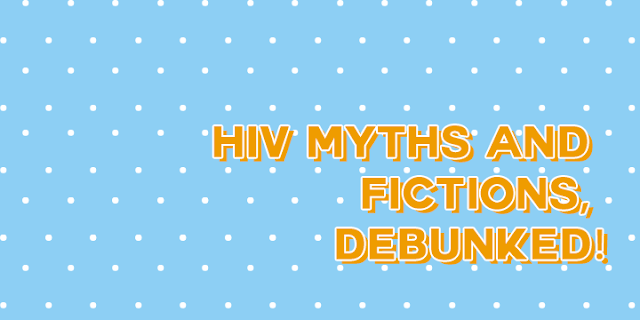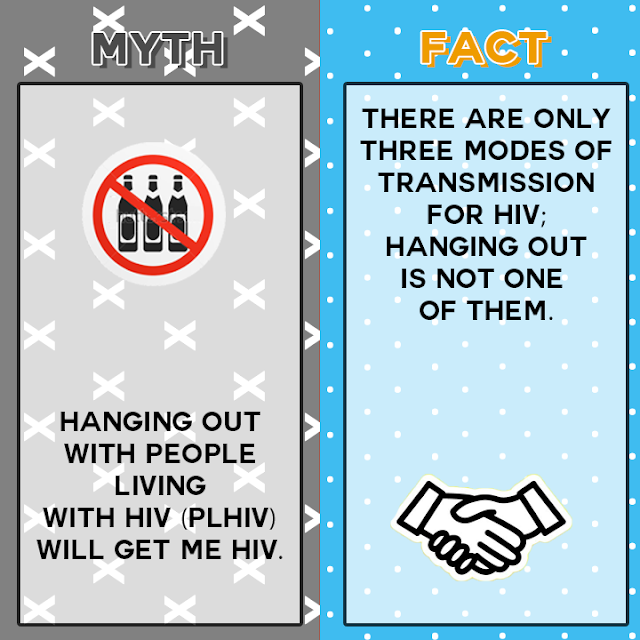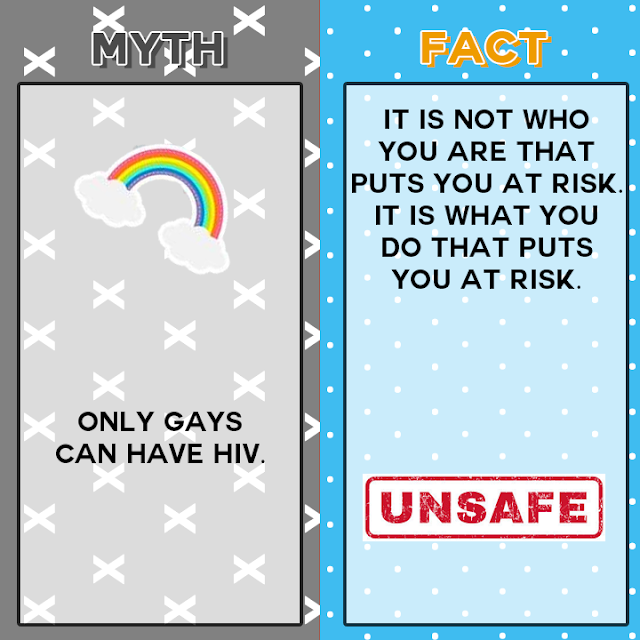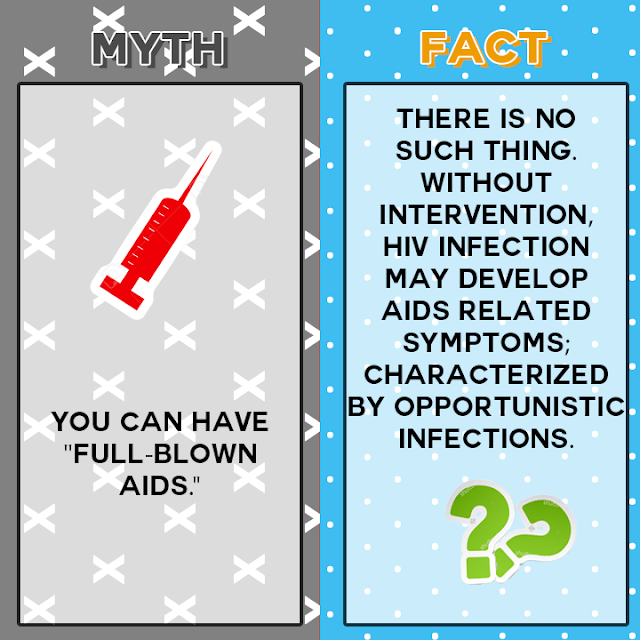Facts about HIV (Human Immunodeficiency Virus), like what it is and how it is transmitted, are readily available almost everywhere, especially on the internet. Yet there are quite a number of myths around HIV that remain to cloud people’s perceptions about it. These are myths you might have read in a web article or in your social media feed.
Someone posted on Facebook a few years back about HIV-contaminated bananas. Though I have knowledge about HIV and how it can be transmitted, I still thought of it as quite alarming. Imagine getting HIV from a banana. Seriously? Well, now I have sufficient knowledge regarding HIV, and I am very sure that you cannot acquire HIV from a freaking banana.
Below, I listed down a few HIV myths. Are you ready to see them debunked? Okay then, let’s get started.
You’ve got HIV. RIP!
Having HIV is not a death sentence. Though there is no cure yet, there is treatment for HIV, just like how there’s treatment but no cure for hypertension and diabetes. Taking antiretroviral drugs (ARV) on a regular basis, paired with a healthy lifestyle, allows a PLHIV (Person Living with HIV) to live a normal, productive, and long life.
ARVs are used for treating HIV. They do not cure HIV; rather, they prevent the virus from replicating or multiplying, thus preventing the immune system from weakening.
On the other hand, there’s the Pre-Exposure Prophylaxis popularly known as PrEP. It is a medication that serves as a measure to keep HIV from taking root and multiplying in the body. Therefore safeguarding the body from HIV infection.
I can get HIV by being around people who are HIV positive.
Medical studies show that HIV cannot be transmitted through touch, tears, sweat, or saliva. You cannot catch HIV by: (a) breathing the same air as someone who is a PLHIV, (b) touching a toilet seat or door knob handle after a PLHIV, (c) hugging, kissing, or shaking hands with someone who is a PLHIV, and (d) sharing utensils with a PLHIV.
However, HIV can be transmitted through blood, rectal fluid, seminal and vaginal fluids. It is most commonly spread by engaging with unprotected penetrative sex and by sharing needles and syringes used in taking prohibited drugs. Another way that it can be contracted is through mother-to-child transmission during pregnancy and through breastfeeding.
HIV is a homosexual disease.
Although MSM (men having sex with men) are the most at-risk population, HIV is not a homosexual disease. Anyone can be infected by HIV, whether you’re gay, lesbian, transgender, bisexual, or straight. Everyone is vulnerable and may contract HIV, especially people who exhibit risky sexual behaviors, such as having sex without using condoms, having sex under the influence of alcohol and prohibited drugs, and having multiple sex partners.
You’ll be infected with HIV if you eat HIV-contaminated food (bananas, apples, pineapples, etc.).
HIV lives outside the body for a very short period of time depending on specific environmental conditions. Even if small amounts of HIV-infected blood or semen were consumed, exposure to the air, heat from cooking, and stomach acid would destroy the virus.
Furthermore, changes in pH levels greatly affect the survival of HIV outside the body. pH levels below 7 or above 8 are not viable for long-term survival of HIV. It is also very sensitive to high temperature. Therefore, there is no risk of contracting HIV from eating food.
I can get HIV from mosquito bites.
HIV can indeed be transmitted through blood. Because of this, there is fear among people that HIV is spread through biting or bloodsucking insects. In contrast, studies show no evidence to support this claim even in places with many mosquitoes and high rates of incidence of HIV. When insects bite, they do not inject the blood of the person or animal they have last bitten. Also, HIV lives for only a short time inside an insect.
You can have “full-blown AIDS.”
Wait, “full-blown AIDS”? There’s no such thing as “full-blown AIDS.” Let’s go back to the basics. HIV is a virus, while AIDS (Acquired Immune Deficiency Syndrome) is a diagnosis given to PLHIVs having less than 200 CD4 cells. PLHIVs having <200 CD4 count are susceptible to opportunistic infections (OIs) jeopardizing their well-being.
These OIs are called “opportunistic” due the fact that they take advantage of a compromised immune system that could lead to a morbid effect, even death. In the Philippines, the most common OI is tuberculosis (TB), followed by candidiasis and Pneumocystis pneumonia (PCP).
To understand the reality of HIV, knowing which are myths and which ones are facts, come visit LoveYourself for free HIV testing and counseling. For more information click here.
Text by Brethren
Illustrations by Christian Watson Vergara









